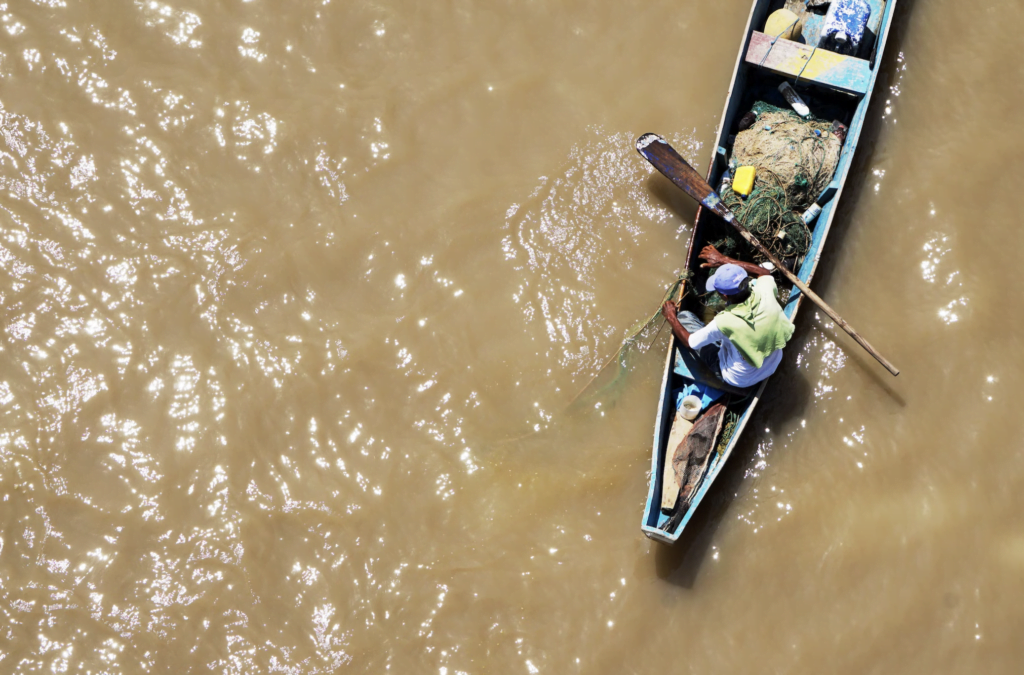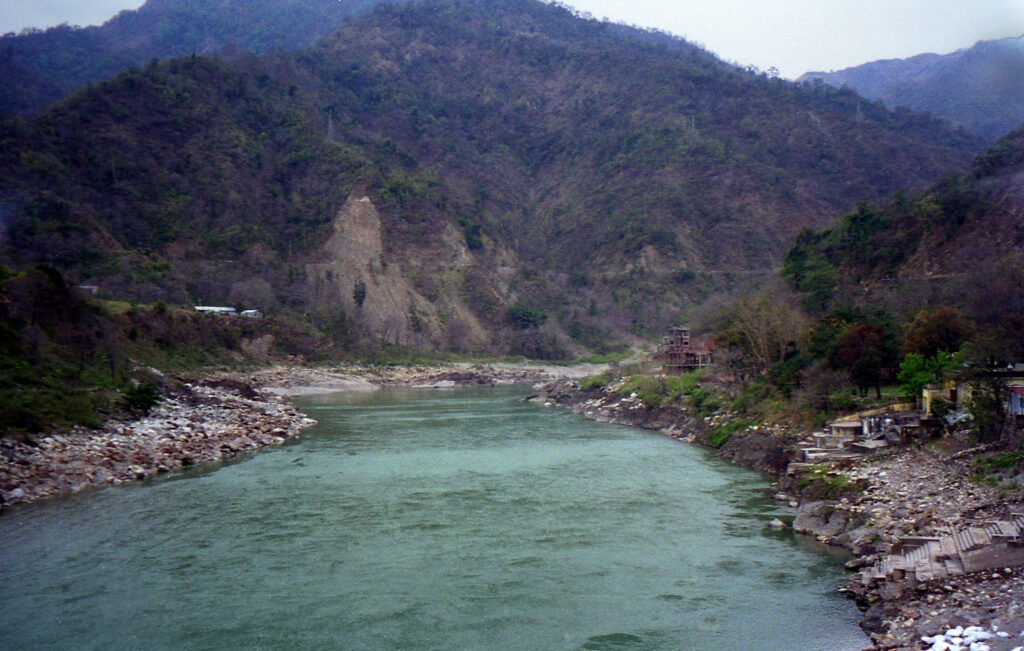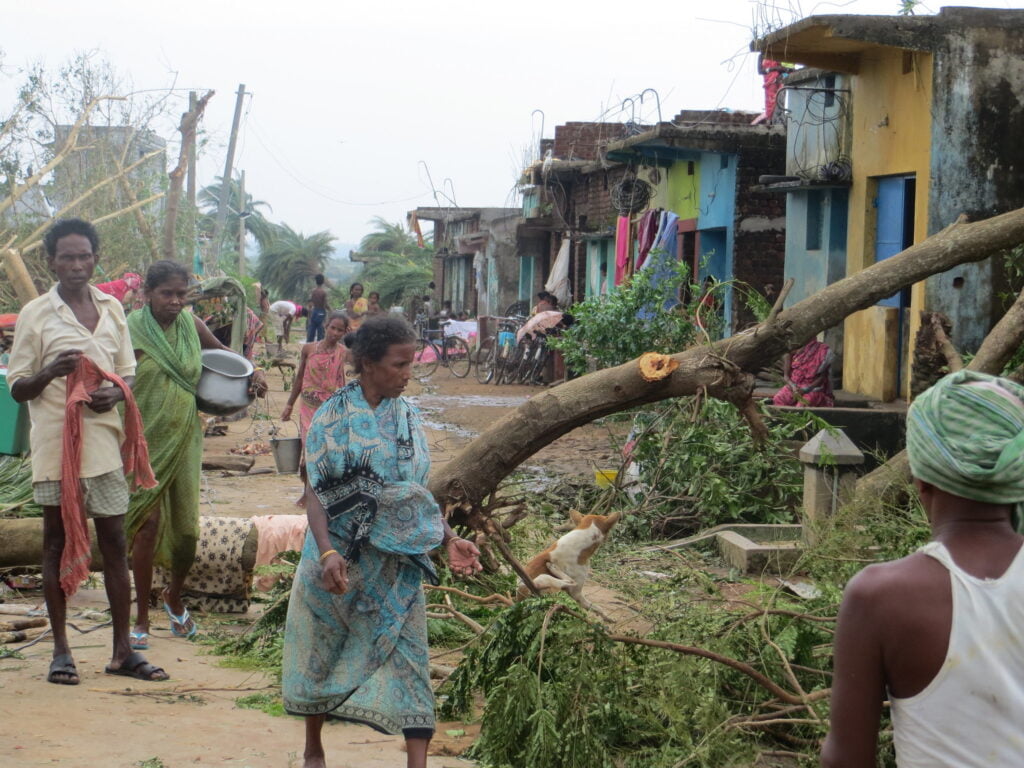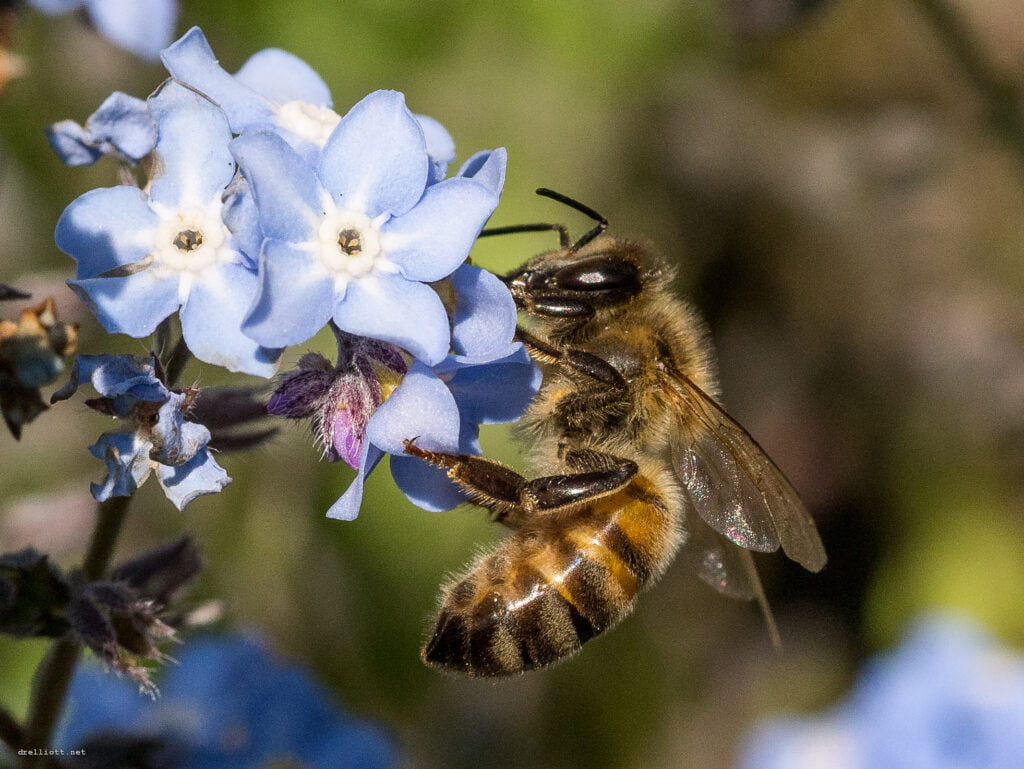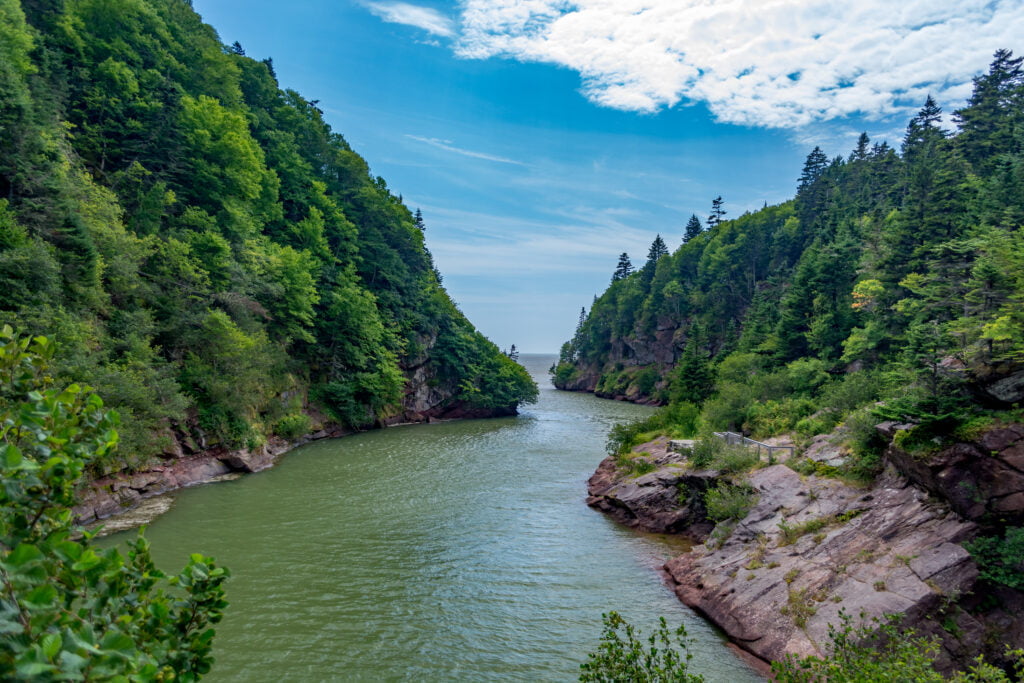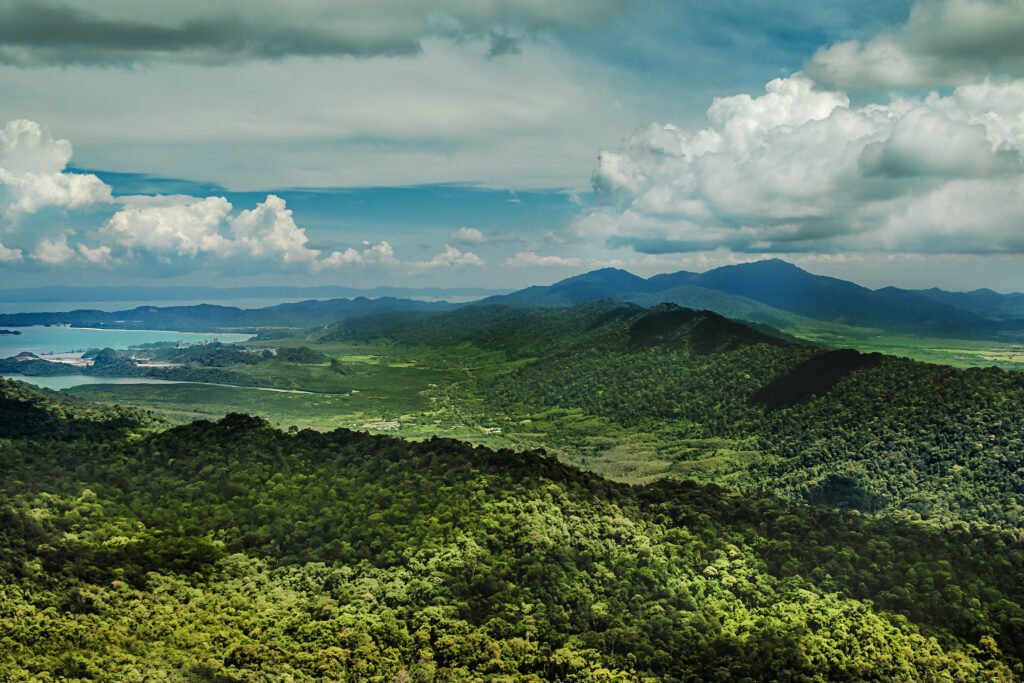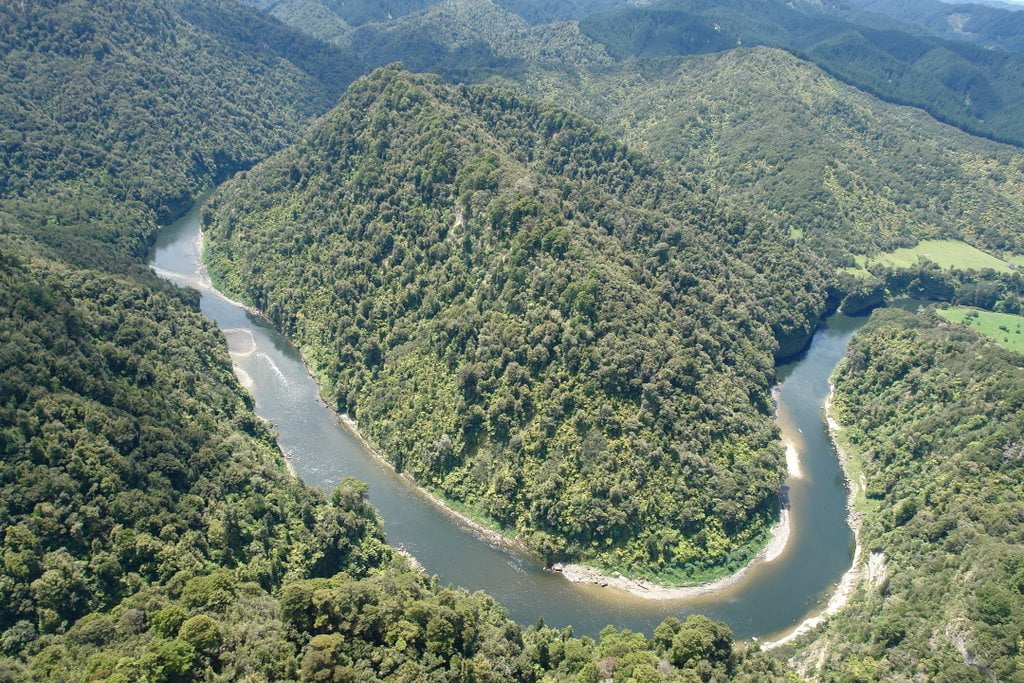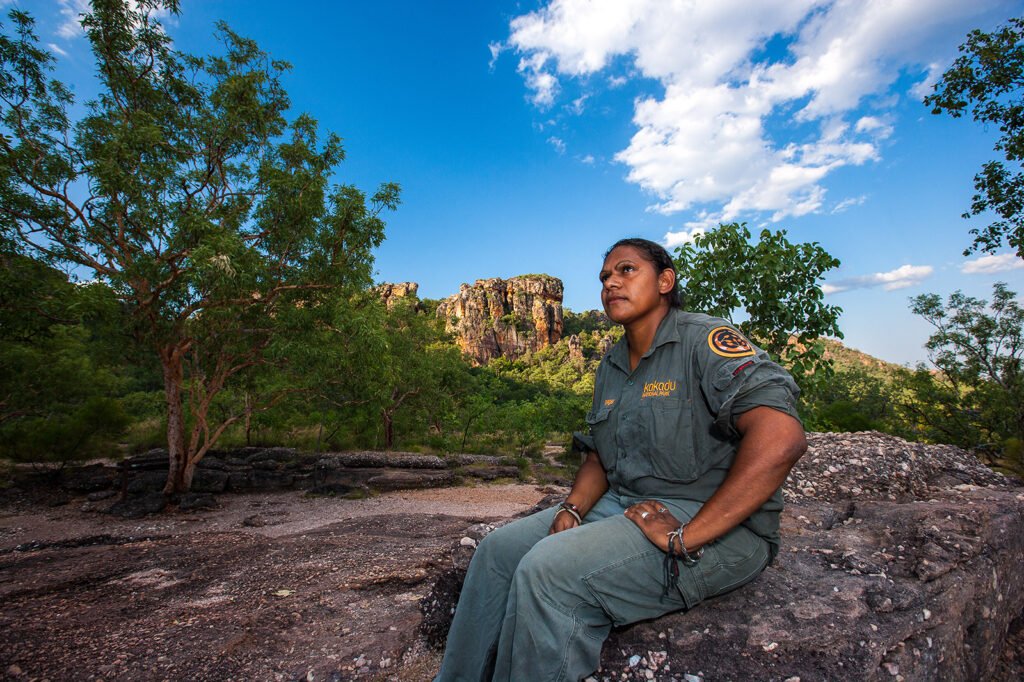We use cookies to improve your experience with Monash. For an optimal experience, we recommend you enable all cookies; alternatively, you can customise which cookies you’re happy for us to use. You may withdraw your consent at any time. To learn more, view our Website Terms and Conditions and Data Protection and Privacy Procedure.
Rights of nature
Published on January 6, 2023The idea that nature — forests, rivers, mountains — could have rights, in the same way that human rights, or corporate rights exist has been building momentum.
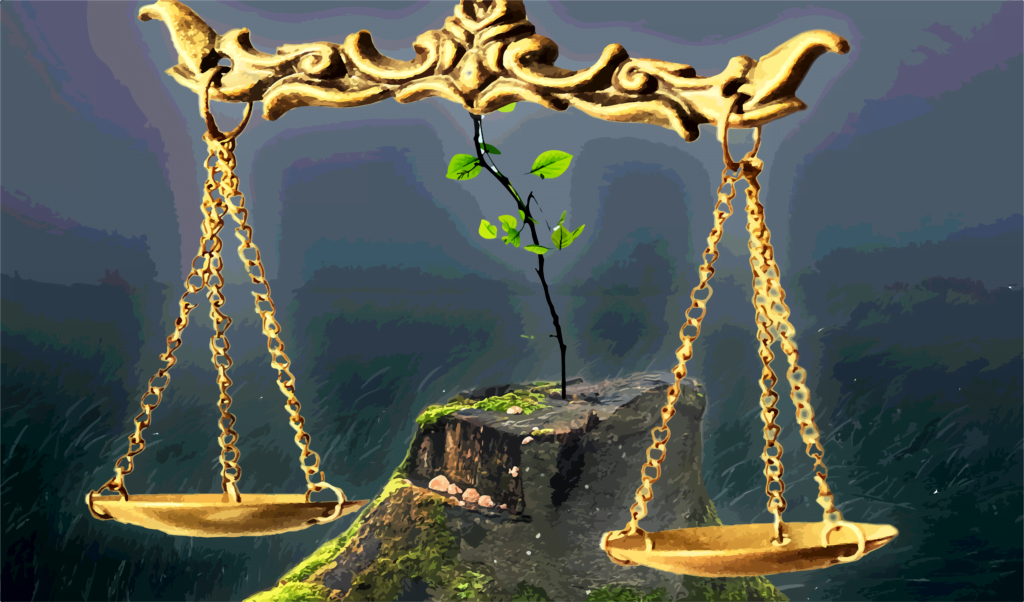 The right for nature to simply exist is self-evident. : Michael Joiner, 360info CC BY 4.0
The right for nature to simply exist is self-evident. : Michael Joiner, 360info CC BY 4.0
The idea that nature — forests, rivers, mountains — could have rights, in the same way that human rights, or corporate rights exist has been building momentum.
The dying days of 2022 saw a historic global agreement reached to try to protect the plants and animals of this world from further demise.
In the last 50 years, the variety of life on Earth has diminished faster than at any time before. Environmental organisation, WWF estimates a 69 percent decline in wildlife populations around the world between 1970 and 2018. The United Nations suggests that one million species face extinction.
At the United Nations conference on biodiversity held in Kunming, China and Montreal, Canada, nations agreed to protect 30 percent of land and sea from degradation by 2030, and further to restore 30 percent of degraded areas, amongst other plans.
The agreement was a significant step forward for environment protection, and enshrined into international law the idea that we should “live well in harmony with Mother Earth”.
“For far too long humanity has paved over, fragmented, over-extracted and destroyed the natural world on which we all depend. Now is our chance to shore up and strengthen the web of life, so it can carry the full weight of generations to come,” said Inger Andersen Under-Secretary-General of the United Nations and Executive Director of the UN Environment Programme
The agreement, with its emphasis on Indigenous knowledge and treatment of Earth as a living thing echoes the rights of nature movement, which has been gathering steam since it was conceived in the 1970s.
Through various legal avenues, this pushes the idea that nature — whether whole forests or single trees — could have rights, in the same way that human rights, or corporate rights exist.
While it seems fanciful, numerous places around the world are actively investigating, or have already implemented at least portions of the concept. The latest is Ireland, where a citizens’ assembly is tackling the question of how the country can maintain its wildlife.
The details of ‘rights of nature’ are of course nuanced and cloaked in legal complexity, and at its core are big philosophical questions about humans’ relationship with our planet. But with humanity’s woeful track record of living sustainably with other species, it’s a movement that ultimately hopes to reset our path to one of “harmony with Mother Earth”.
REALITY CHECK:
Indigenous people represent 5 percent of the world’s people but manage of 80 percent of Earth’s biodiversity.
The current rate of species going extinct is tens to hundreds of times higher the past 10 million years.
321 rights of nature initiatives, plus many other legal ventures have been launched around the world
BIG IDEAS:
Quote attributable to Craig Kauffman, University of Oregon
“Western legal systems are only just beginning to bring a biological understanding of the world to the law.”
Quote attributable to Alex Putzer, Sant’Anna School of Advanced studies
“In a city the boundary between what’s artificial and what’s nature becomes blurry, posing the question of which ‘nature’ in the ‘rights of nature’ should be protected.”
Quote attributable to Peter Burdon, University of Adelaide
“Rights of nature represent a minimalist alternative and seek to mitigate environmental damage from firmly within the coordinates of the current system.”


